Balancing water and energy consumption
One of our daily tasks is to make sure there is enough water and energy. The easiest is to use none of it, but on a luxury cat such as the Saona we prefer to live a ‘ lush life’ so to speak. For us, that means using about 200 litres of water per day and 12 amps per hour of electricity when we are on anchor, or about 20 amps per hour electricity when underway.
Initially, we had the following equipment installed:
- 12 volt 60 ltr/hr Aquabase watermaker
- the standard Victron 80 amps charger/2000 watts inverter.
- standard 4 x 90 watt solar
- extra solar 3 x 165-watt Solbian
- 900 Amp Hours battery
- generator 11kw Fischer Panda
Standard, Victron sets this charger to 60 amps. When you switch on the water maker, it consumes 30 amps. The boat uses about 15 amps. So you then have 15 amps left to charge your batteries. So now you understand why it takes forever to charge the batteries and make water with just the generator on. The system is actually not designed for living on board. The generator is there so you can switch all AC’s and your dishwasher when you spend a day on the boat with full batteries and a full water tank …..
So how do we balance consumption and production as live aboards?
There are four situations to consider:
Motoring
When motoring (we normally run just one engine) there is enough energy to produce water and fill our batteries. The 12 volt water maker will need to run about 3 ½ hours using 30 amps per hour to make 200 liters of water. The Volvo alternator is not a great piece of engineering. Officially it should generate 110 amps but in real life you will be close to 60 ams or so. It depends mostly on the temperature in the engine room. Because the 12 volt water maker takes about 30 amps, there will be 30 amps left over to charge the batteries. While making water, you add about 100 Ah to the batteries. After switching off the watermaker you can charge the batteries with 60 amps per hour. To fill the batteries you will then need another two hours or so, including compensation for energy losses. During a sunny day, the Solar will reduce this time considerably.
Sailing in sunny weather
With good winds, we will be sailing. In the day time, we will have 840 Watts of solar and the 600-watt Watt&Sea hydro generator. In real life, we should be happy with half that energy. 1440 Watts/2 = 720 Watts@12 volt = 60 amps. Under sail with the autopilot on, we are using about 20 amps. With the watermaker using 30 amps, we have 10 amps left for charging the batteries. After 3 ½ hours, the water tank is full. After that, we have 40 amps available to charge the batteries. We will need another 4 hours to fill the battery. This should not be a problem. With the hydrogenerator running 24 hours per day, the batteries will eventually be fully charged.
Sailing at night and cloudy weather
When sailing at night or in bad weather, we just have our Watt & Sea hydro generator generating about 25 amps. That is enough to run all boat systems and the autopilot (20 amps). We then have 5 amps left to make water. Obviously we need to use the battery to run the watermaker in this case because it uses 30 amps. 3 1/2 hours x 30 amps= 105 Ah. It takes 21 hours@5 amps for the Hydrogenerator to replenish the battery. At speeds above 7 knots the hydrogenerator will provide much more energy. I have seen 40 amps quite often already. We bought three types of propellers for the Hydro generator, which we can exchange quite easily while underway. So for each speed range we have an optimal propeller.
On Anchor
When it is sunny we just have our solar panels. 6 hrs x 420 watts @ 12 volt = 210 Amp Hours. Our energy consumption in 24 hours is about 250 Amp Hours. The problem then is making water. When it is not sunny we have an even bigger problem. Short of energy and short of water. I do not want to run the generator for 3 ½ hours a day. It is also bad to run the generator at low loads. The battery charger uses just 1 kW from the 11kW available. That equates to just 8% of load. Ideally, I would like to run the generator about 1 hour a day at a minimum of load of 60%.
Solution
Firstly we used a Victron interface to change the 60 amps charge setting to 80 amps. You can buy the interface, but be careful, there is a lot you can screw up. If you are uncertain, then hire a Victron specialist. We have added an Aquatec 230 volt 190 litre per hour water maker. Also, we have added a second 80 amp charger. So, in one hour we can now make 190 litres water and charge the batteries with 160 amps, less 15 amps boat consumption equals 145 amps charging. We have a 900 Ah battery bank. Max charge should stay below 20% or 150 amps, so we are ok. If there is enough sun to help charge the batteries, we can switch on both water makers and make 250 litres of water per hour and charge the batteries by 130 amps (less 15 amps for the boat equals 115 amps) with the generator. The Aquatec water maker uses 4 kW. Together with the two chargers, we will be using approx. 6 kW. The plan is to run the generator at the end of the day. The solar panels can then do their work during the day so that we can decide at the end of the day if we need to concentrate on making water or on charging the batteries. When running the generator, it is also a good time to switch on some A/C’s to cool the cabins and charge all appliances. This set up also gives us a redundancy. Two chargers, two water makers……The Aquatec is a rather simple water maker. Not much electronics. There is a manual knob to switch on the prime pump and another knob to switch on the main pump. Off the shelve parts are used so I hope it will be easy to maintain and fixed when needed.


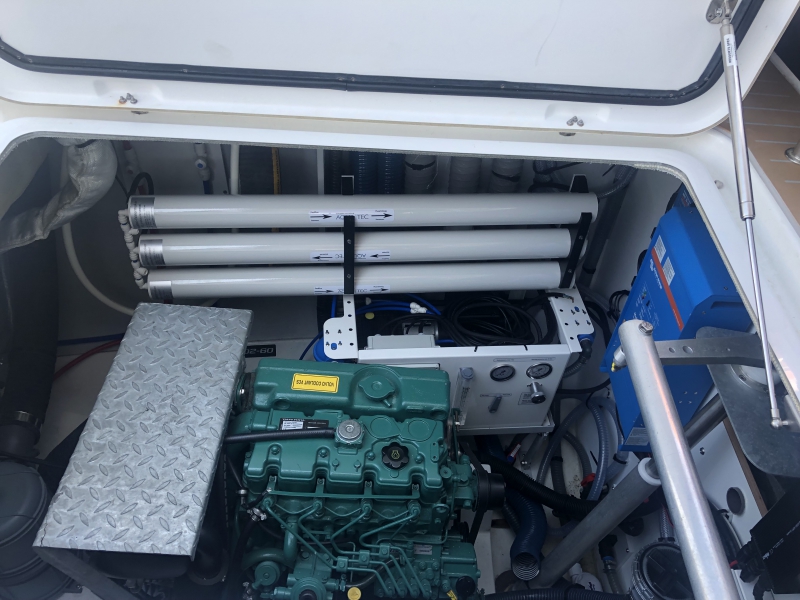
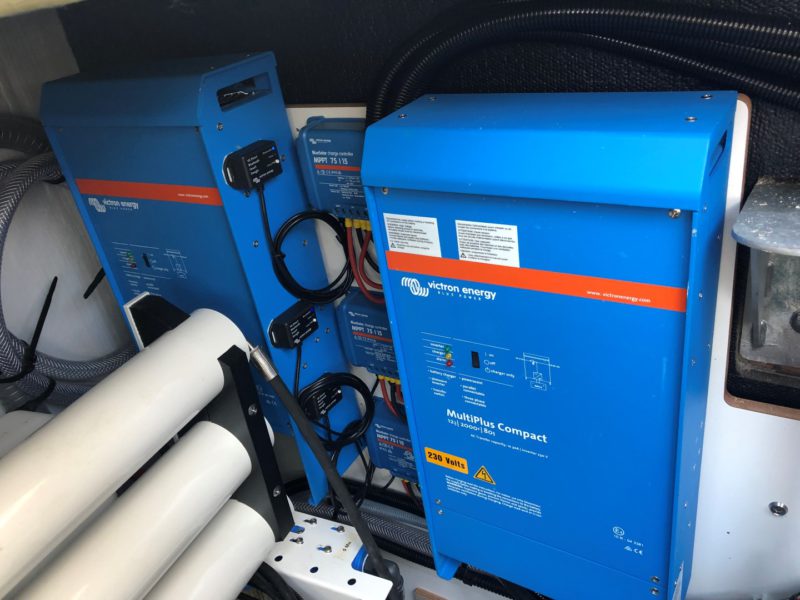
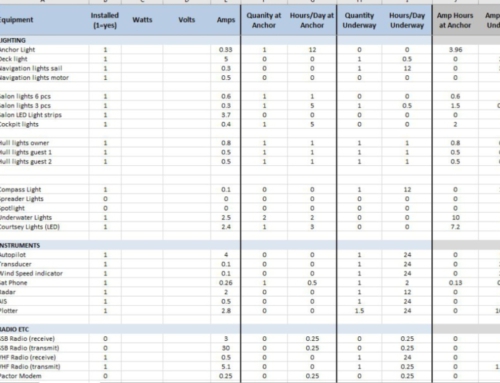
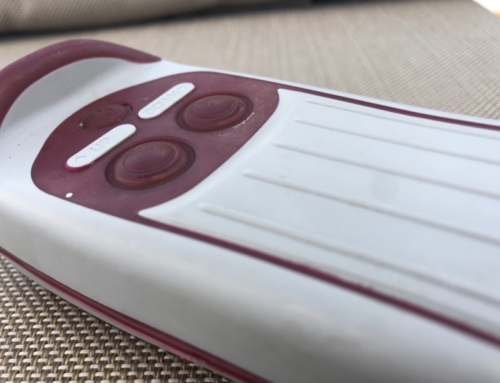
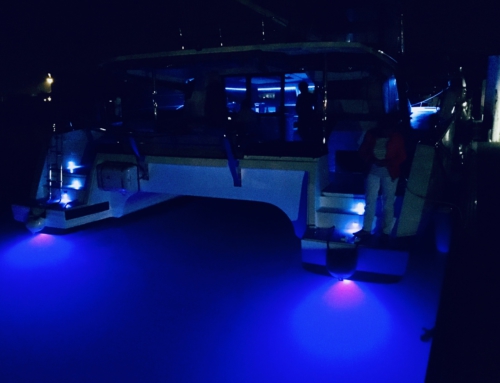
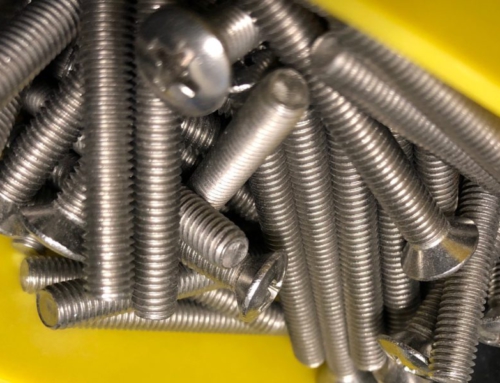
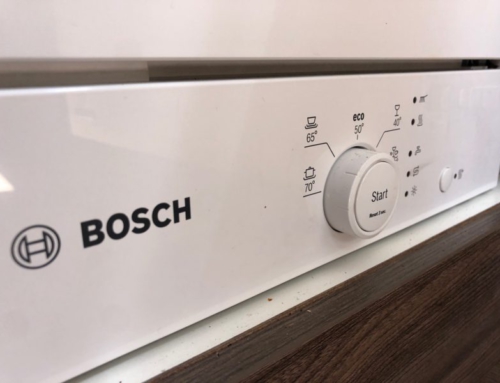
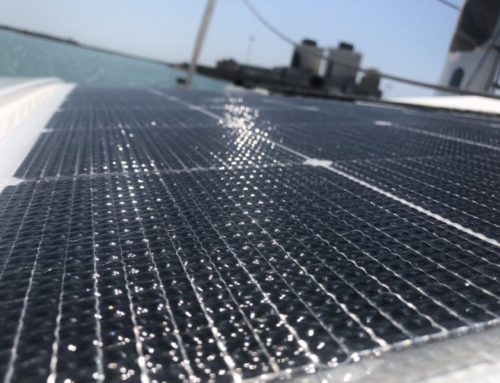
This is a topic that’s close to my heart… Many thanks!
Where are your contact details though?
Our email address is: sailingyachteight@gmail.com
If you have any questions please let me know!
Hi, first of all, amazing boat and amazing customization. Thanks for sharing.
Is it safe to charge the batteries with such a high current? What’s the maximum they can withstand?
We have 900 Ah battery bank. It is safe to charge with 20%, so 150 Amps. I have two chargers of 80 Amps. I have set one charger to 60 Amps, so in fact I have 140 Amp chargers minus boat consumption of 15A-20A =120A-125A charging plus solar of course. Solar (only relevant during the day) can be maximum 70 Amp but is rarely above 50 Amps. In that case I would have too much charge. The solution is to switch on the 12 volt water maker which draws 35 Amps. So I then have 135-140 Amps charge. I can also switch off one charger if I still have too much charge.
I must watch out not to run the generator, both chargers, full solar together with the main engines. If needed I can switch off both chargers.
This is all in theory. In practice the charger will not charge maximum because my battery is rarely completely empty. The regulator will limit the charge current already.
Thanks a lot!